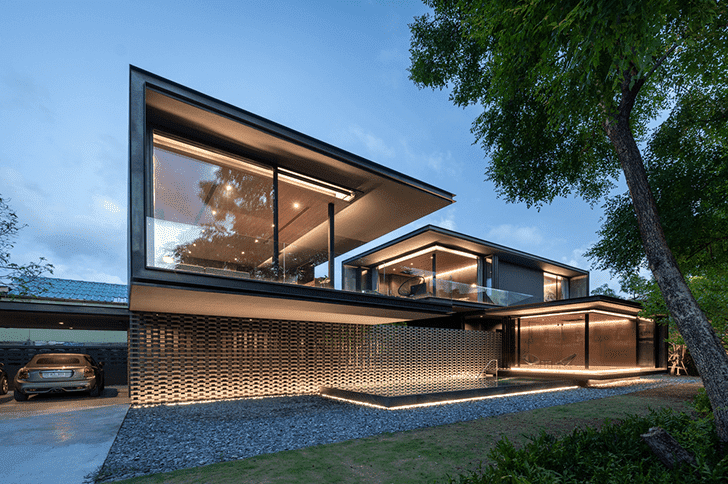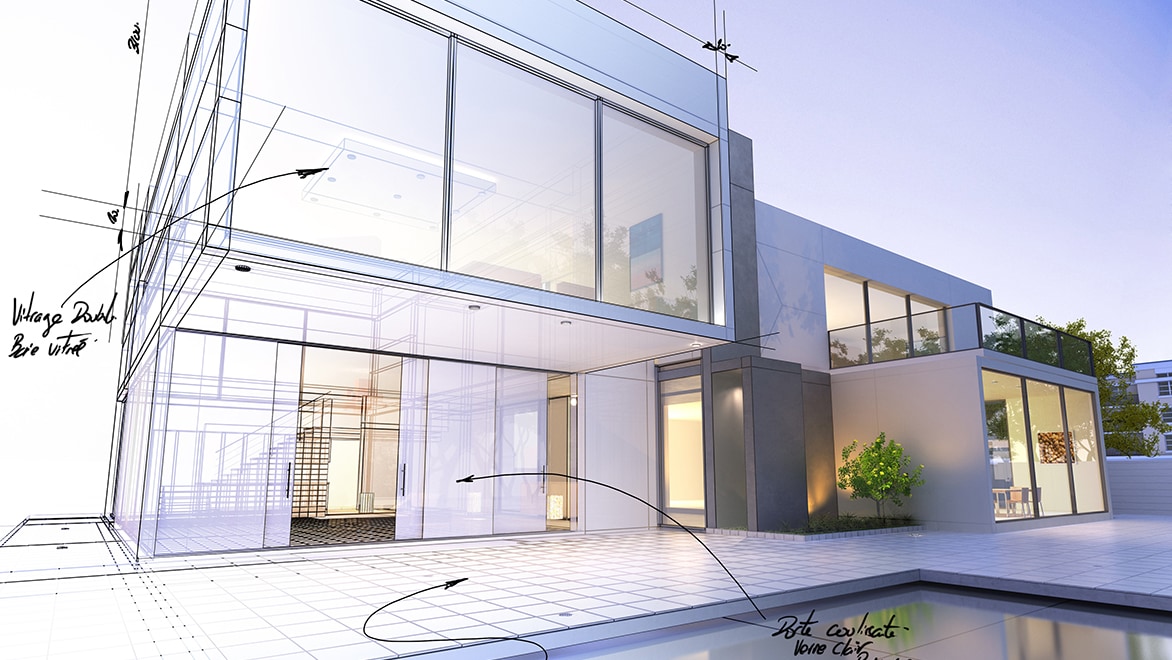Residential Interior Architect: Specialized Design Services for Beautiful Living Spaces
Residential Interior Architect: Specialized Design Services for Beautiful Living Spaces
Blog Article
Exactly How Residential Architects Produce Customized Residences for each Lifestyle
The procedure whereby residential engineers style customized homes is a nuanced interaction of understanding customer requirements and converting those understandings into useful living spaces. Via detailed consultations and the usage of design devices, architects record the essence of their customers' lifestyles, making certain that each home shows individual values and desires. This collaborative technique extends past initial ideas, incorporating sustainable techniques and ingenious modern technologies to enhance daily living. As we discover the intricate actions associated with this transformative process, a deeper recognition for the architect's function fit unique environments starts to arise.
Understanding Client Requirements

Reliable communication is extremely important in this procedure. Architects must encourage customers to articulate their way of livings, household characteristics, and future ambitions, ensuring that the layout reflects their one-of-a-kind identity. By employing devices such as surveys, meetings, and visual studies, architects can collect valuable insights right into the client's vision.
Moreover, understanding the context in which a home will certainly exist is vital. Engineers need to take into consideration aspects such as the website characteristics, neighborhood climate, and social influences that can affect the layout. This holistic technique permits the development of rooms that are not just cosmetically pleasing however lasting and additionally useful.
Eventually, a deep understanding of customer requires makes it possible for architects to create personalized homes that boost the quality of life for their residents, promoting a feeling of belonging and comfort within their living atmospheres.
Layout Refine and Cooperation
The design process in domestic design is a vibrant interaction of creative thinking and cooperation, where engineers, customers, and various stakeholders work closely to bring a vision to life. This iterative journey generally begins with a series of meetings to establish an extensive understanding of the client's aspirations, preferences, and lifestyle requirements. During these conversations, engineers collect crucial details, allowing them to conceive styles that line up with the client's vision.
Following the initial consultations, the layout stage progresses with sketches, 3D models, and building makings. This visual communication functions as a device for engineers to present ideas, while additionally welcoming client feedback, ensuring that the last style resonates with their expectations. Reliable cooperation with engineers, professionals, and interior developers is vital during this stage, as it makes certain that all practical aspects of the task are effortlessly integrated.

Incorporating Lifestyle Aspects
Integrating way of life aspects right into household design is important for creating rooms that genuinely resonate with the occupants. residential architecture homes. This process begins with recognizing the unique requirements, choices, and daily routines of the home owners. Designers participate in thorough conversations to discover just how the specific or household uses their room, whether for amusing guests, pursuing hobbies, or looking for peaceful resort
As soon as these understandings are gathered, designers can tailor layout attributes that improve daily experiences. As an example, open flooring plans might be created for family members that focus on togetherness, while dedicated workspaces can be integrated for those who function from home. Outside areas, such as patio areas or gardens, can be emphasized for family members that take pleasure in outdoor tasks or amusing.
In addition, versatility is a key factor to consider; multi-functional areas allow for versatility as lifestyles progress over time. Custom-made storage options can also be included to meet certain organization requirements, ensuring that the home stays clutter-free and practical. Inevitably, by thoughtfully weaving way of life components into the building textile, domestic designers produce customized homes that not only meet aesthetic desires but also significantly improve the top quality of life for their clients.
Sustainable and Smart Style
Smart and sustainable layout increasingly plays a critical function in household architecture, as property owners look for to lessen their ecological impact about his while improving their living experiences. Designers are currently incorporating eco-friendly materials, energy-efficient systems, and ingenious modern technologies to create homes that not only meet aesthetic desires but likewise serve the world.
Integrating renewable resource resources, such as photovoltaic panels and wind generators, enables house owners to harness all-natural sources, dramatically reducing dependence on typical power grids. Smart home modern technologies better boost sustainability by maximizing power use via automated systems that regulate lights, air conditioning, and heating based on tenancy and choices.
Additionally, making use of sustainable building products-- like recovered wood, bamboo, and reused steel-- advertises a circular economy, reducing waste and source usage. Architects also stress passive design concepts, making sure homes are oriented for maximum natural light and air flow, thus minimizing the demand for synthetic cooling and heating.
In addition to eco-friendly advantages, smart and lasting style contributes to the general comfort and wellness of locals. By focusing on indoor air article source top quality and natural environments, designers create areas that cultivate wellness, permitting house owners to flourish attuned to their environment.
Wrapping Up and Executing Strategies
Settling and implementing strategies is a vital stage in the domestic style process, where the vision of a personalized home starts to appear. This stage includes thorough attention to information, making certain that every aspect of the style is specifically articulated and prepared for building. residential architecture homes. Engineers collaborate carefully with customers to assess last plans, dealing with any type of final changes or concerns, while guaranteeing that all aspects straighten with the homeowner's lifestyle requirements
When strategies are wrapped up, engineers prepare comprehensive construction files, including in-depth illustrations and specs that work as a plan for building contractors. These records outline materials, finishes, and installation methods, providing clarity for subcontractors and professionals. Furthermore, protecting required permits and adhering to local building regulations is essential, as it ensures conformity and smooth task implementation.
Reliable interaction is important throughout this phase. Regular updates and conversations with building contractors aid to reduce potential issues prior to they develop. By promoting a collaborative environment, engineers can ensure that the application aligns with the initial vision. Eventually, this important phase changes ideas into fact, laying the foundation for a home that reflects the one-of-a-kind way of life and preferences of its residents.
Conclusion
Finally, domestic engineers play a critical duty in crafting personalized homes that satisfy diverse way of livings. With thorough understanding of client demands, collaborative that site style procedures, and the combination of way of living elements, designers guarantee that each home shows specific preferences. The consolidation of sustainable methods and clever technologies better enhances performance and ecological duty. Ultimately, the efforts of property engineers culminate in the awareness of tailored space that promote comfort and wellness for their citizens.
The procedure by which property engineers layout tailored homes is a nuanced interaction of recognizing customer requirements and equating those understandings into practical living areas. With extensive examinations and the usage of style tools, designers capture the essence of their customers' way of livings, making certain that each home mirrors individual values and goals. Architects should encourage customers to verbalize their way of lives, family dynamics, and future desires, making sure that the layout shows their unique identification.The style process in residential design is a vibrant interplay of creative thinking and cooperation, where engineers, clients, and various stakeholders function carefully to bring a vision to life - residential architecture homes. Through thorough understanding of customer needs, joint style processes, and the assimilation of way of life elements, designers guarantee that each home mirrors private preferences
Report this page